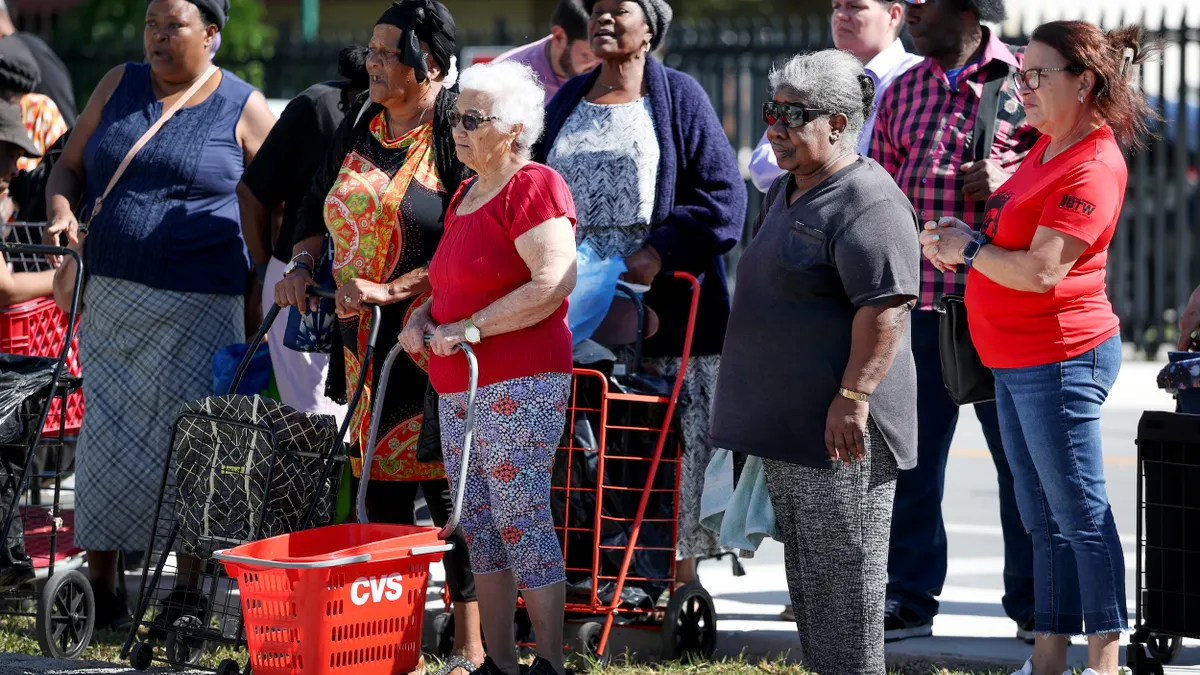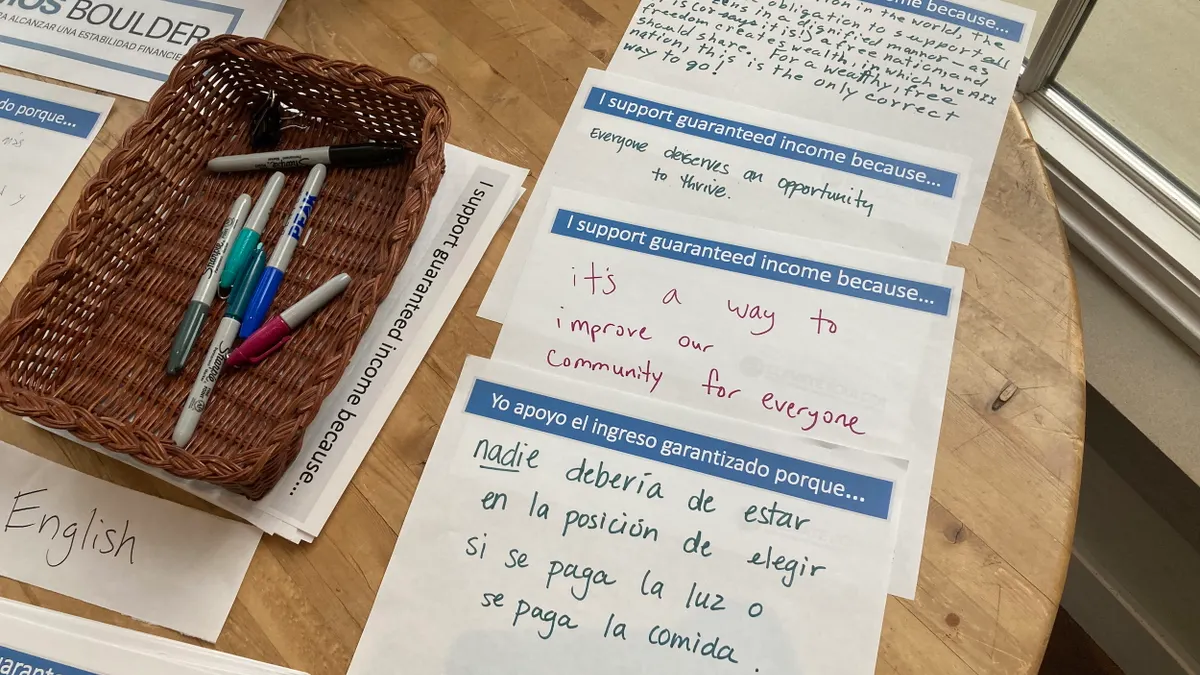Juan Cole is vice president, government strategy and solutions consulting, at Equifax Workforce Solutions.
The recently passed H.R. 1, commonly referred to as the One Big Beautiful Bill Act, is poised to bring significant shifts to federal funding and requirements for social services programs. The full scope of changes will unfold over the next few years, but state and local government leaders can prepare now for the impacts on funding, service delivery and, ultimately, on their residents.
As the law seeks to improve efficiencies in social services programs, the enacted changes place increased financial burdens on state budgets, the impacts of which could be felt by not only agencies that administer benefits but also their residents. Both state and county agencies could see increased administrative costs and operational strain as they spend more time implementing new reporting requirements and verifying compliance with work requirements that have changed for Medicaid and the Supplemental Nutrition Assistance Program.
For Medicaid expansion states, the law mandates that most adults must work, attend school or perform at least 80 hours of community service per month to maintain eligibility, with states verifying compliance at least every six months. Exemptions exist for certain individuals or circumstances.
The law also expands the work requirements for SNAP to add able-bodied adults without dependents ages 60-64. Parents of children age 14 or older may also be subject to work requirements. States will likely also face stricter limitations on work requirement waivers that largely restrict waivers to areas with unemployment rates above 10%.
Starting in FY2027, states will be required to pay a higher portion (75%, up from 50%) of SNAP administrative costs. States with a payment error rate above 6% will also be required to contribute to the cost of SNAP benefits. This contribution, based on a sliding scale related to error rates, is set to start in FY2028 using FY2025 or FY2026 error rates.
As these changes take effect, applicants and current beneficiaries could find it difficult to meet more detailed or complicated eligibility requirements. Policy experts say people may lose access to SNAP and Medicaid, which would place increased strain on families, local community organizations and nonprofit social services agencies.
How to prepare for the bill’s impact
Here are five ways agencies and front-line caseworkers can help address community needs and prepare for the direct and indirect impacts of this new legislation:
1. Consider partnerships to continue helping those in need. Deep collaboration among social service agencies, workforce development programs, local food banks and other community-based organizations can help maximize community resources so that now-eligible beneficiaries could continue to receive some aid where they are able.
2. Embrace data and technology. Technology solutions are more helpful than ever for navigating complex new requirements. Automation of the process, where possible, is also key. Access to current data on income, employment and hours worked — where and as this information is available — delivered in a timely, automated manner can help agencies expedite and improve the eligibility determination process. These tools can also help reduce manual verification burdens and costs. Insightful data, paired with technology, can indirectly enhance program integrity, making it easier for states to meet new accountability measures.
3. Prepare for ongoing changes. Many of the changes associated with the bill are yet to be seen, and it’s unclear how much guidance federal regulators will provide on the new requirements. Consider a variety of potential impacts on budgets and services, and think about ways to equip caseworkers with tools and technology that make compliance and benefit determination easier. This can ultimately make programs more agile and responsive to changing requirements, which allows you to better serve eligible applicants.
4. Communicate the changes early. Agencies that are responsible for day-to-day administration of SNAP and Medicaid may also be expected to inform residents about these changes. Engaging with beneficiaries early to communicate the new requirements can help eligible applicants maintain continuity of benefits despite changes.
5. Consider the needs of gig workers. Twice as many gig workers may use SNAP benefits compared with the traditional W2 employees. Similarly, more than 25% of app-based gig workers may get health insurance through Medicaid. Consider how to conduct verifications for self-employed workers who are seeking public assistance benefits. Automated income verifications that consider a variety of employment or income types and get a more holistic view of an individual’s income and expenses can help state and county agencies more efficiently serve the eligible members of their populations.
Commentary is a space for state and local government leaders to share best practices that provide value to their peers. Email Smart Cities Dive to submit a piece for consideration and view past commentaries here.



















